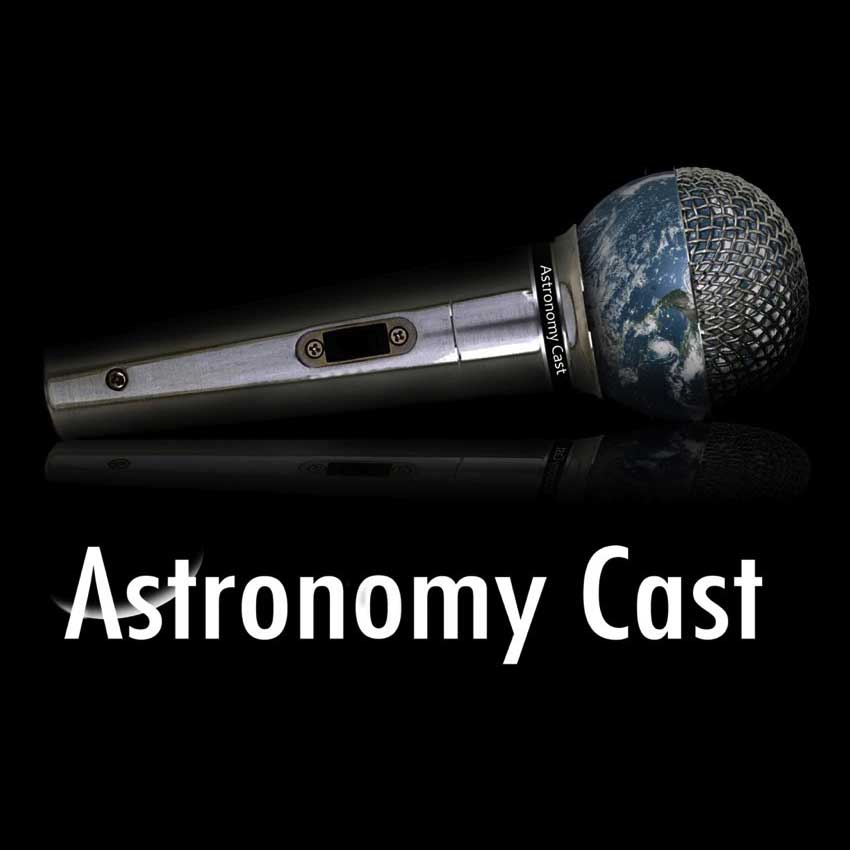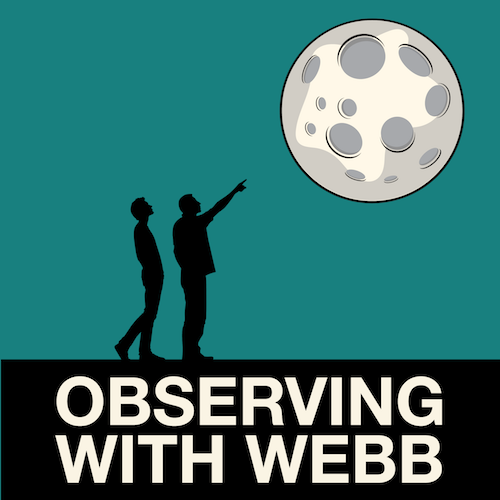


Apr 23rd: Meteor Showers. Yes, the sky is falling
Dress warmly, gather some friends and family, and head outside to watch sand burn in the upper atmosphere. There’s nothing like a good meteor shower.

Dec 2nd: Observing With Webb in December 2017
The holidays are upon us, and we have a great Geminid Meteor Shower, the winter constellations appearing, 2 or 3 morning planets, and a year-end occultation of Aldebaran by the Moon.

Nov 4th: Observing With Webb in November 2017
November brings us earlier nights, all the naked-eye planets visible at some point near dusk or dawn, and a couple of close encounters between them. You might catch some Leonid meteors or a lineup of Venus, Jupiter, and Mars in the mornings.

Aug 5th: Observing With Webb in August 2017
August brings us the most anticipated astronomical event of the past few years, the 2017 Total Solar Eclipse across America.

Aug 2nd: Awesome Astronomy’s August Sky Guide

Jan 4th: Awesome Astronomy’s January Sky Guide

Dec 10th: Meteor Shower Photography
Many people enjoy watching meteor showers. Digital cameras make it possible to capture photos of meteors in the night sky. In this podcast, you will learn how to capture meteors using a DSLR.

Dec 3rd: Observing With Webb in December 2016
December brings us good views of Venus, Mars, and Jupiter, maybe some Geminid Meteors & a good Lunar occultation of Aldebaran!

Oct 5th: Awesome Astronomy’s October Sky Guide
It’s time for October’s sky guide with @AwesomeAstroPod. We have Draconids and Orionids meteor shower this month.

